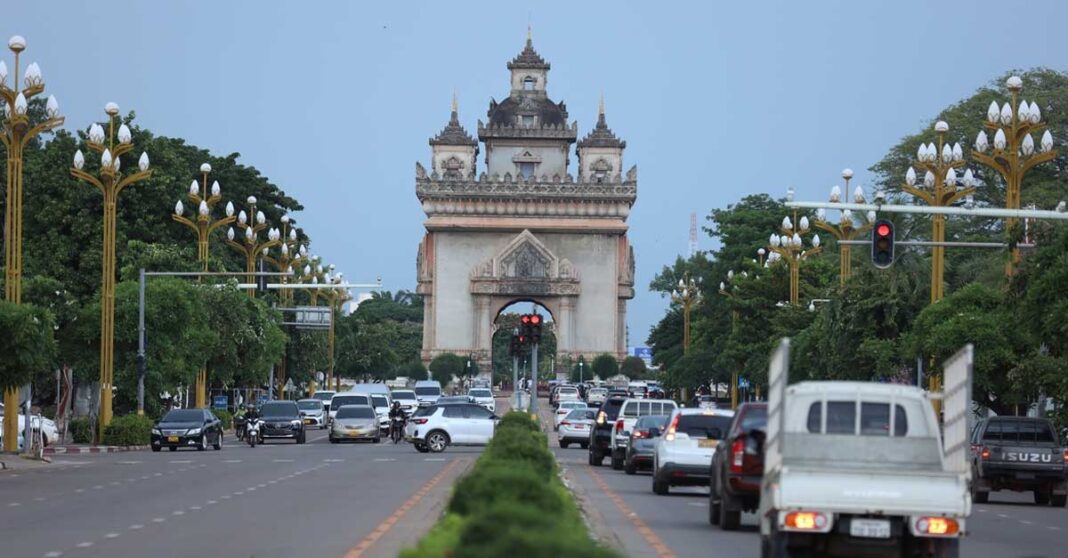Laos is expected to see moderate economic growth this year and next year, largely driven by external demand fueled by tourism and trade, as outlined in the latest Asian Development Bank (ADB) report.
The ADB’s “Asian Development Outlook for April 2024” predicts that Laos’ gross domestic product (GDP) will rise by 4 percent in both 2024 and 2025. The growth in services will be sustained by external demand, with international tourist arrivals forecasted to reach 4.2 million in 2024, propelled by improved infrastructure connectivity.
The report also highlights the role of foreign investment in renewable energy, driving moderate industrial growth. Projects like the Monsoon Wind Power, scheduled for completion in 2025, are expected to contribute to this growth.
However, macroeconomic pressures continue to pose challenges to the country’s economic outlook.
Sonomi Tanaka, ADB Laos Country Director, noted some improvement in the economy in 2023, primarily driven by sectors such as tourism and trade. Nonetheless, ongoing challenges such as high debt and inflation have slowed down the country’s economic advancement.
In the first quarter of 2024, Laos experienced an overall inflation rate increase of 24.93 percent compared to the same period last year. Specifically, inflation stood at 24.4 percent in January, 25.35 percent in February, and 24.98 percent in March.
Inflation is anticipated to continue rising as businesses adjust prices to deal with increased expenses from currency depreciation and wage hikes, with consumer prices predicted to go up by an average of 20 percent in 2024, slowing down to 7 percent in 2025 after a 31.2 percent surge in 2023.
This inflationary trend has led to a decline in household purchasing power, particularly affecting food, hotel, and restaurant prices. As a result, more students are dropping out of school, and labor migration is increasing as individuals seek employment opportunities.
Additionally, high inflation and economic challenges have exacerbated food insecurity in the country, with one in seven people experiencing shortages in 2023. Rural areas are particularly affected, facing twice the rate of food shortages compared to urban areas. This has led to slowed growth due to malnutrition, impacting a child’s productivity over their lifetime.
To tackle these challenges, the Lao government has collaborated with development organizations to expand social assistance, enhance healthcare services, and invest in clean water and sanitation.



